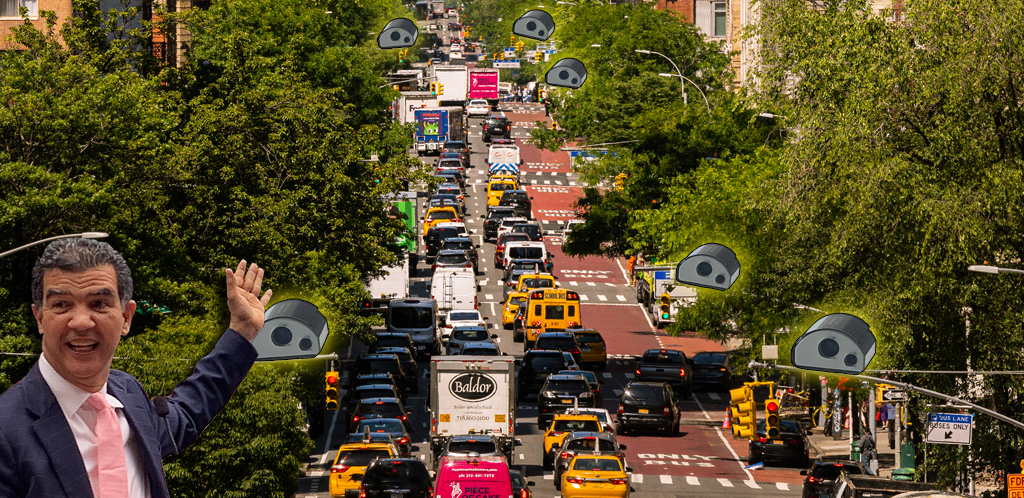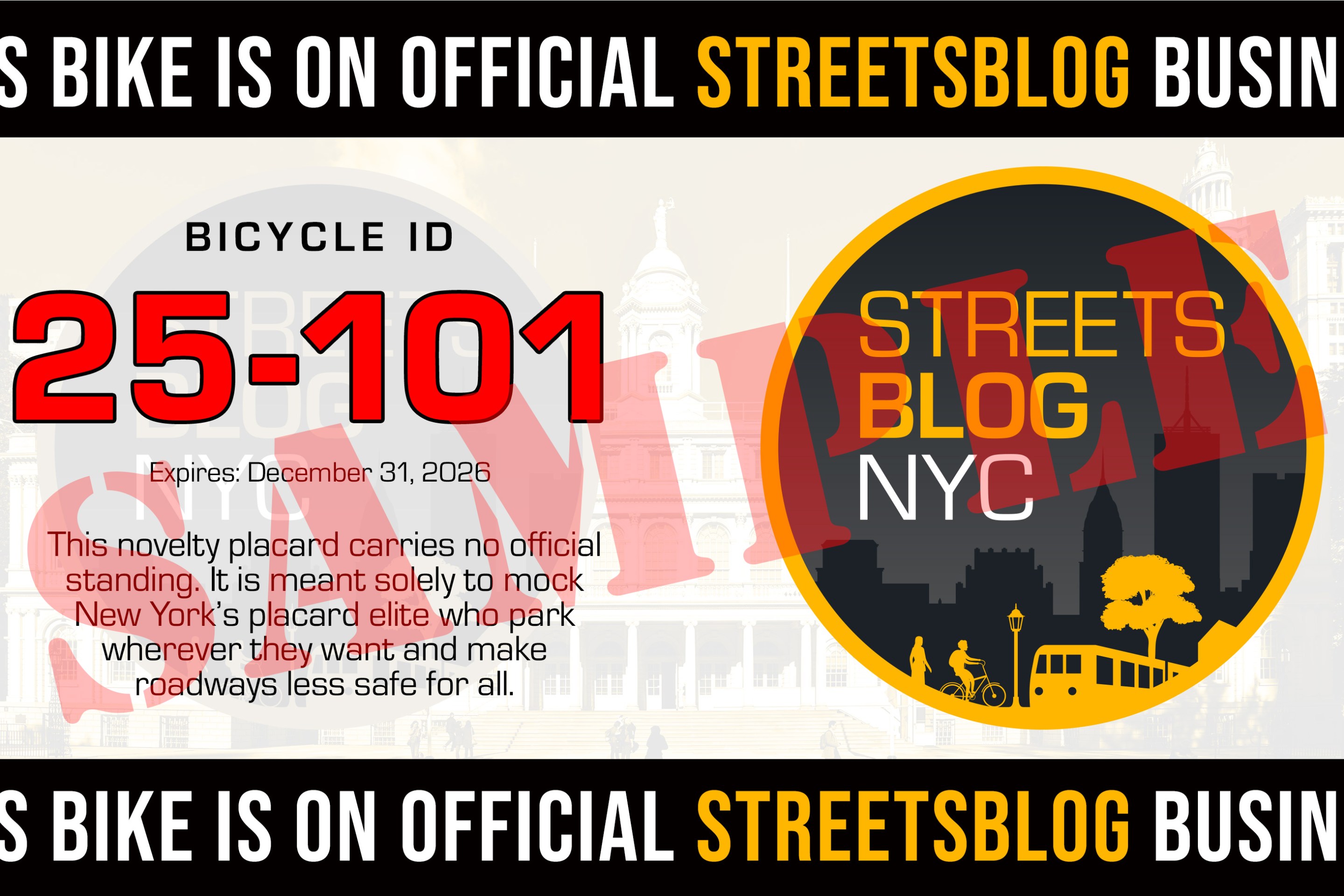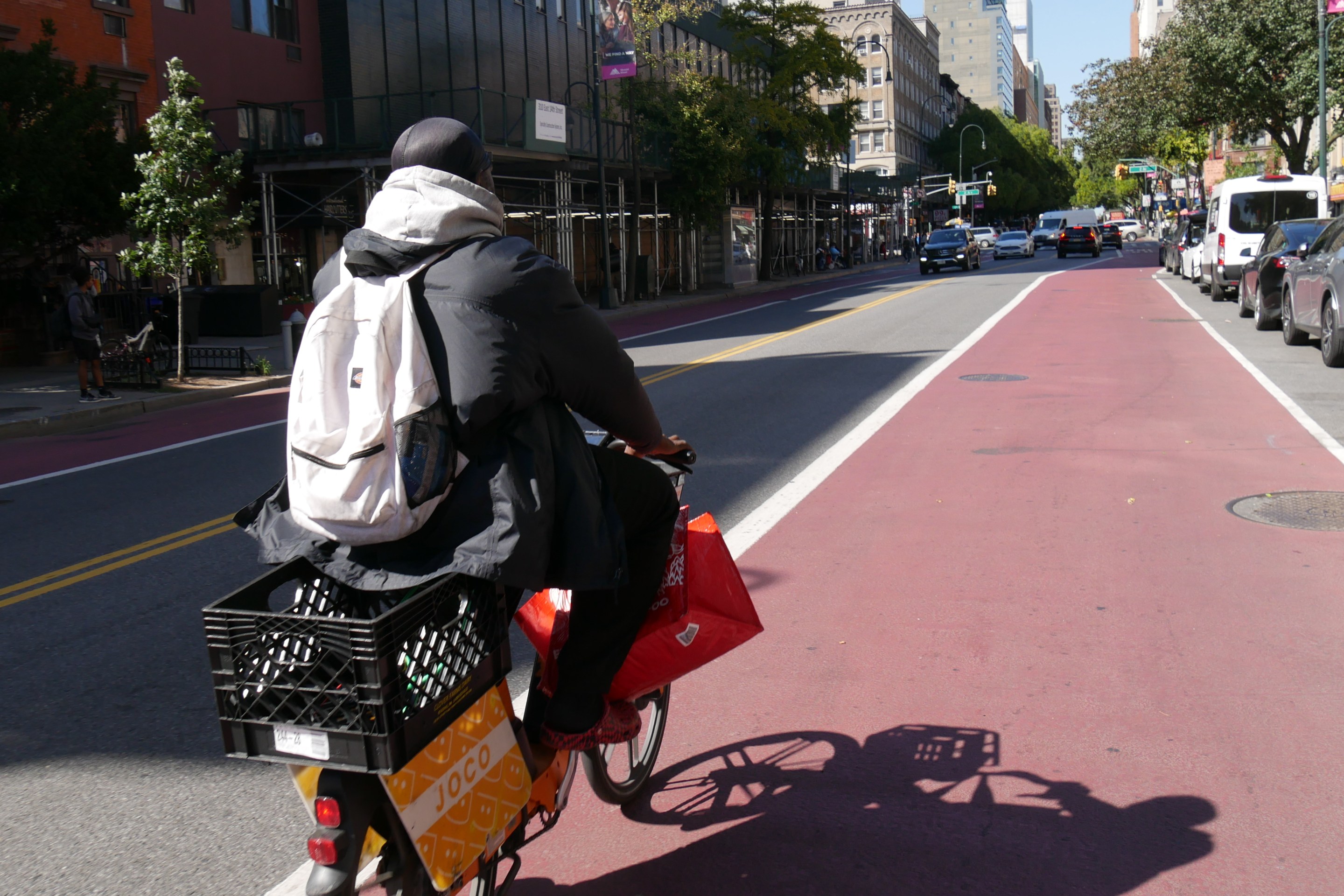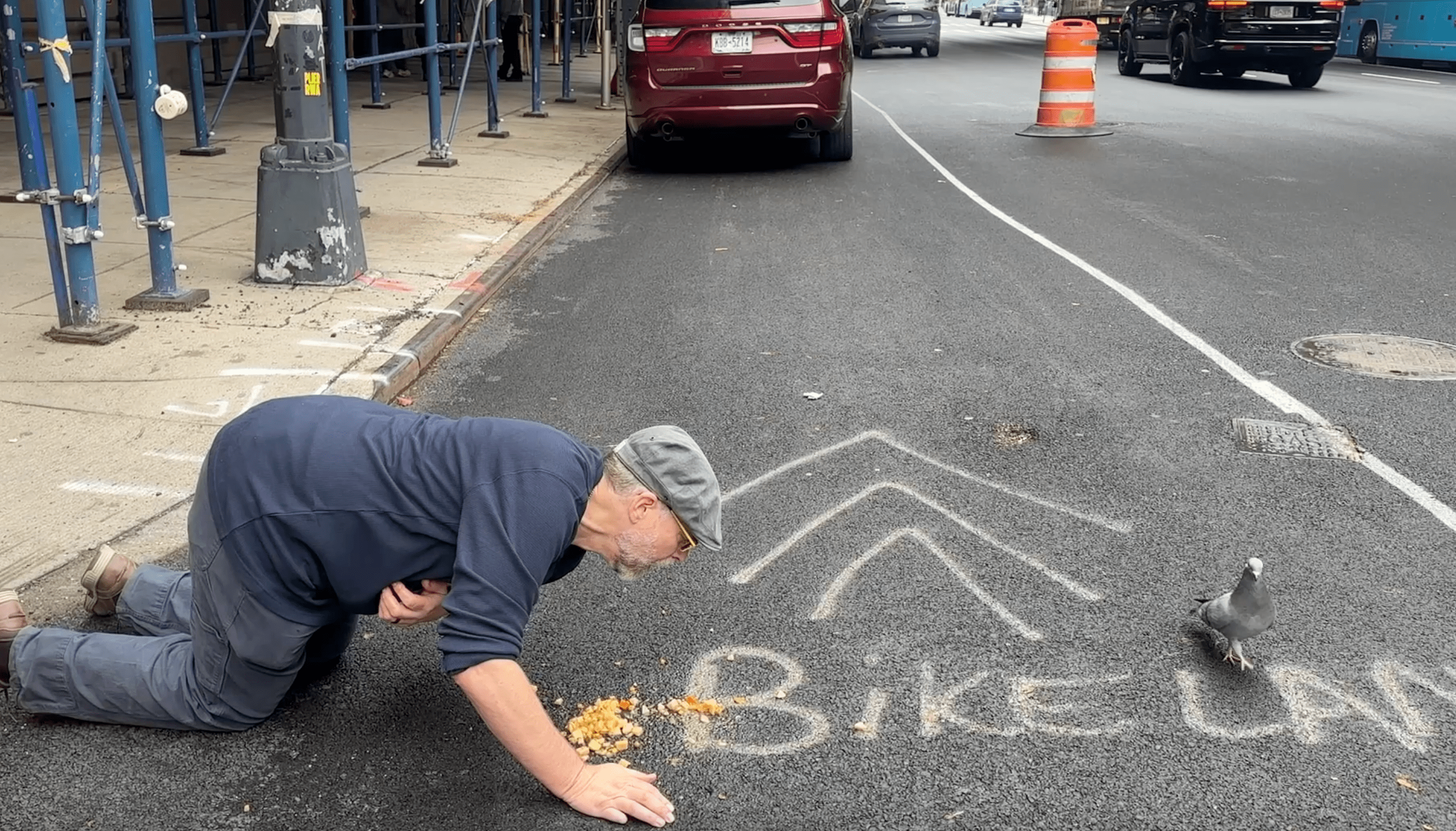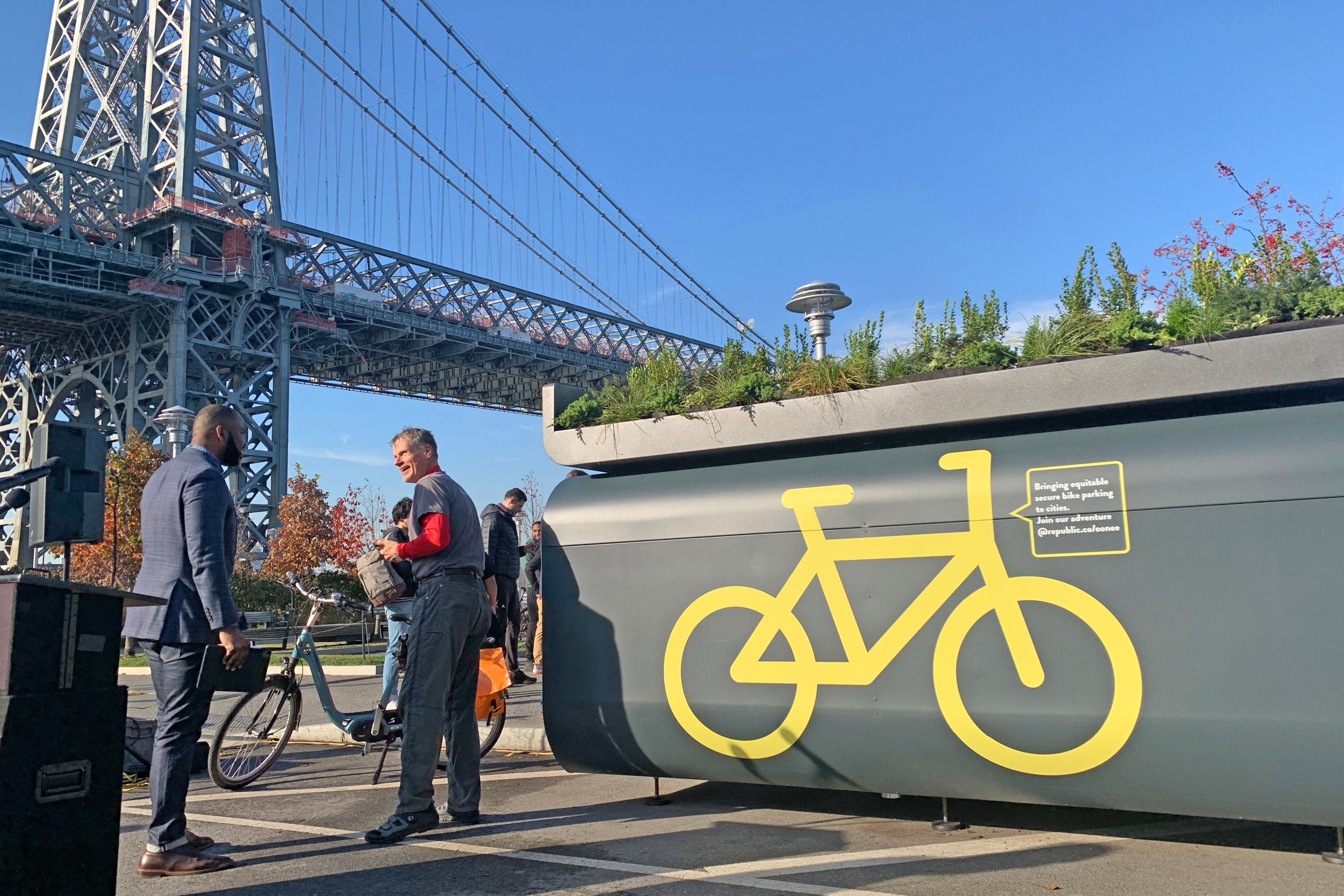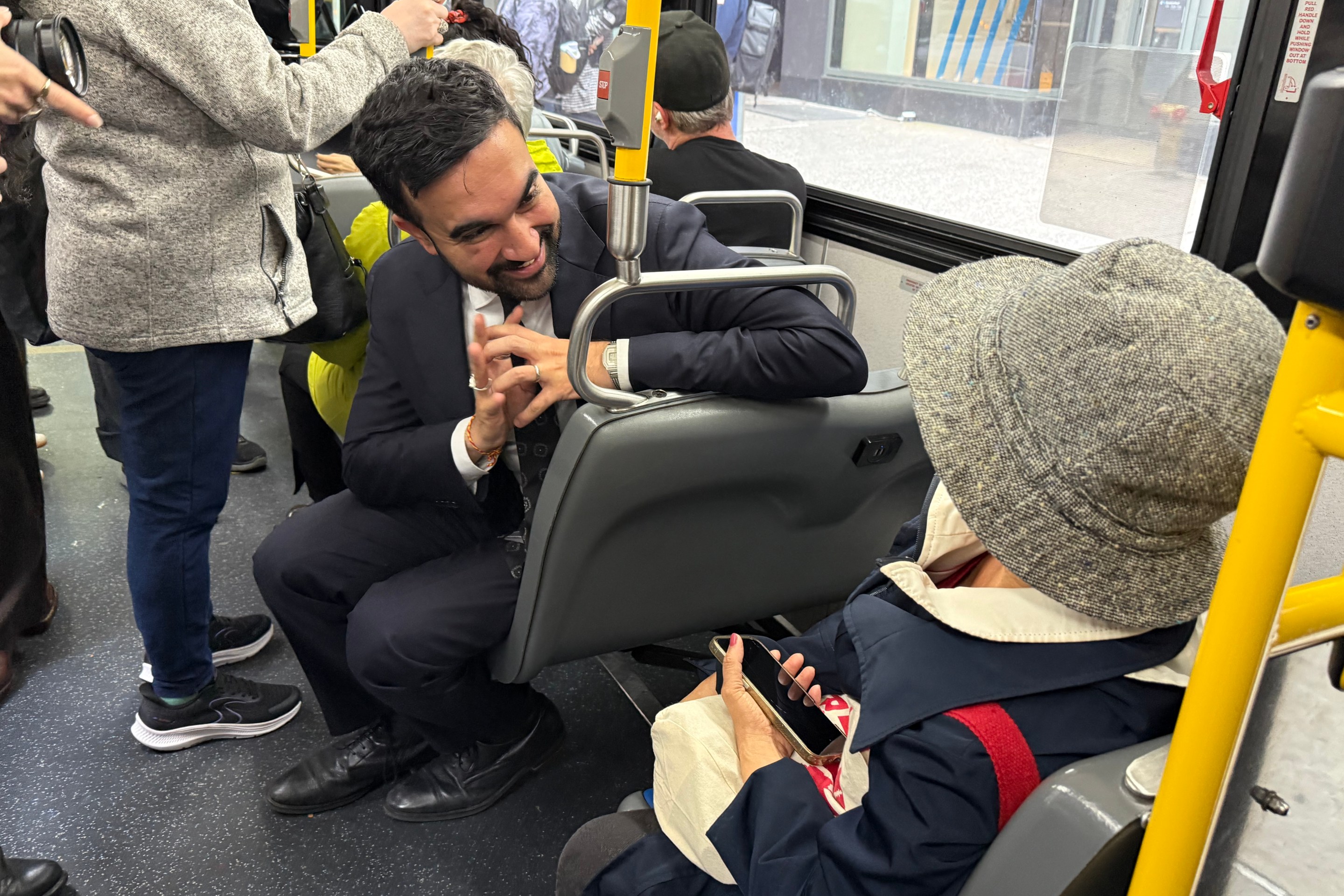Better reds, fewer dead?
A new city report reveals that two unfortunate trends are merging: post-pandemic reckless driving is increasing and far more people are dying in crashes from drivers running red lights.
According to the city's regularly updated findings of its red-light camera program — which is being released today — last year, 29 people were killed in crashes caused by a driver running a red light, which the city said is "the highest ever recorded." Five of the dead were pedestrians and one was a cyclist.
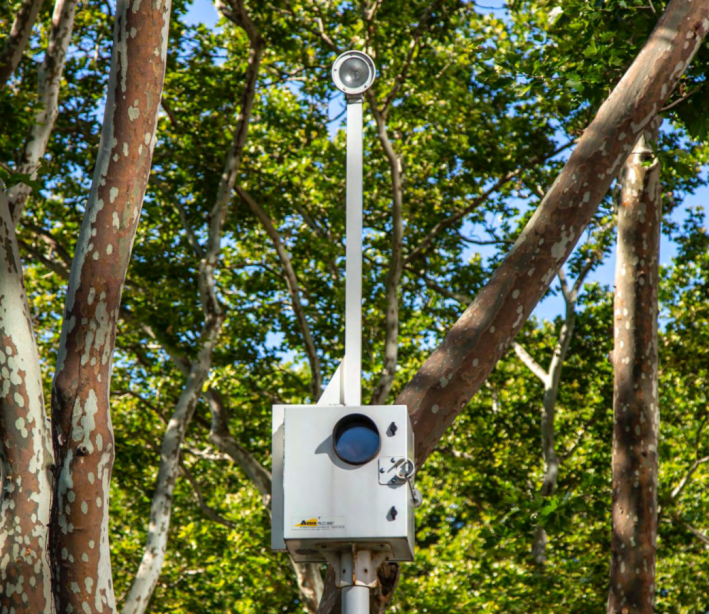
The total number is more than double the average annual total of such deaths from the previous decade.
Such data, the agency says, shows the need to pass a bill to reauthorize and expand the city's red-light camera program from its current 150 intersections to 1,325. DOT Commissioner Ydanis Rodriguez will rally today in upper Manhattan in support of the legislation by state Sen. Andrew Goundardes (D-Bay Ridge).
The urgency is compelling: In its 2022 report, DOT said red-light violations had declined by more 77 percent at camera locations since the program began in 1994. But this year, that number has worsened to 73 percent — a small change that is the result of a rise in reckless driving practices that are well documented since the pandemic.
"Since 2020, we have seen a 54-percent increase in the number of violations issued at each camera each day, a sign of the changing attitude toward red-light running across the city," states the report [PDF]. "This increase has happened alongside a spike in traffic fatalities and indicates the need for more consistent enforcement and stronger sanctions, including the option of suspending the registration of vehicles with repeated offenses."
Of course, there is plenty of positive news about the city's red-light camera program. According to the report:
- Roughly 94 percent of vehicles caught running a red light in 2023 received no more than one additional violation.
- T-bone (right angle) crashes dropped by 65 at intersections with red light cameras.
- Debunking a popular anti-camera myth, the city found that rear-end collisions dropped by 49 percent at intersections with a camera.
But you have to take the good with the bad: The most-reckless drivers remain a grave threat to everyone's safety: Drivers with five or more red light camera violations — who represent just 0.5 percent of drivers who have gotten red light tickets — are three times more likely to be involved in a crash that causes injury, the DOT said.
"Expanding the number of intersections with red light cameras to around 10 percent of signalized intersections could substantially enhance the deterrent effect of the program and return New York City to the consistently downward trend of red light-running behavior we had seen prior to the pandemic," the report said.
How bad is the recklessness trend? In 2019, the average New York City red light camera issued 5.3 tickets per day. The number has ticked up each year since; last year, the average camera issued 8.18 tickets each day — a 54-percent increase since the start of the pandemic alone (see chart):

DOT officials and many state lawmakers agree that the program is too small: 150 intersections covers just about 1 percent of the city's 13,700 signalized intersections. "The program has been very effective in reducing unsafe driving in areas where cameras are installed [but] the statutory cap of 150 intersections prevents a broader application of this important public safety initiative," the agency said.
Assembly Member Jeffrey Dinowitz (D-Bronx), who is carrying the bill in the lower house, agreed.
"Frankly, we should have red-light cameras on every intersection in the city, as far as I'm concerned," he told Streetsblog last year.
The report also featured one fact, buried in the appendix, that should alarm anyone concerned about scofflaws who evade cameras. Last year, the cameras observed 1,448,987 red-light violation "events," as the agency calls them, yet only 704,684 tickets were issued — a rate of 48 percent. That's been more or less the rate since 2017, when the issuance of tickets was roughly 87 percent of all red-light-running events caught on camera.
It's alarming because it reflects prior reporting that revealed that cameras are having a harder time reading plates because of opaque covers or intentional defacing. And earlier this year, Comptroller Brad Lander found in an audit that more than 40 percent of speeding events did not end up resulting in a ticket being issued — partly because of the problem of scofflaws covering or defacing their plates.
The report said the city "is exploring newer technologies ... that rely on radar similar to speed cameras to trigger photographs of vehicles that have run the light. This new technology is far simpler to install and maintain, providing a much more cost-effective option for the program.”
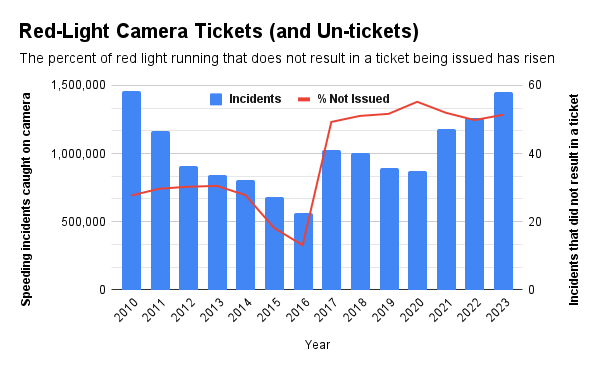
At Wednesday's press conference, Rodriguez was joined by relatives of David Fernandez and Joel Adames, who were both killed by a red-light runner in Inwood in 2022. The relatives issued a joint statement that said an expanded camera program would "confront the negligence that took them from us."
"Doing anything less would not only be a disservice to their memory but a failure to protect our community from similar tragedies," the statement continued. "Let’s unite in this cause, for the safety of our streets is the truest legacy we can offer to David and Joel.”
